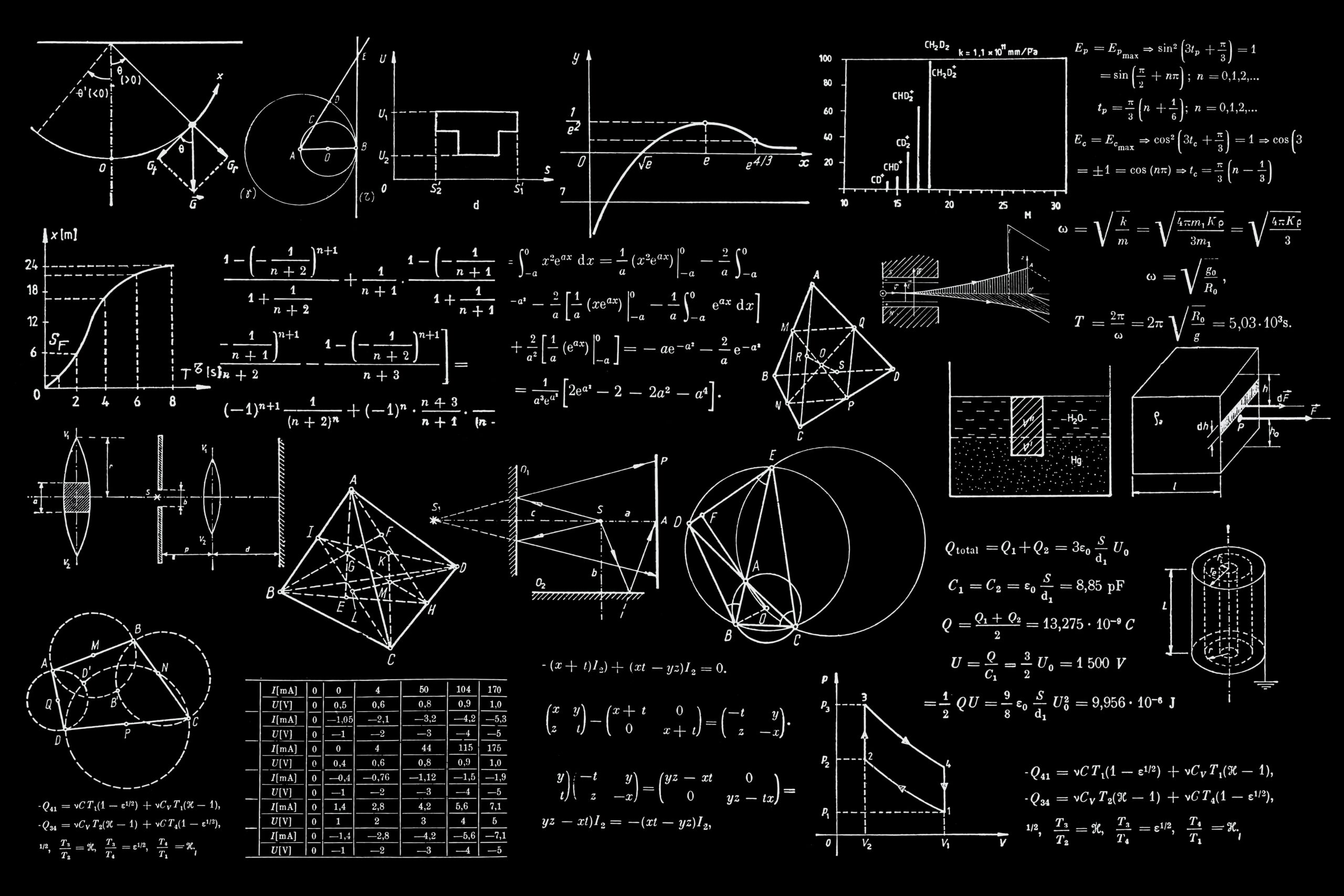In recent years, the marriage of physics and machine learning has given rise to a revolutionary concept known as Physics-Informed Neural Networks (PINNs). These novel frameworks represent a remarkable fusion of two disciplines, harnessing the power of neural networks to incorporate physical laws and constraints directly into their architecture. The result is a versatile tool that holds immense promise for reducing simulation time, seamlessly connecting to downstream tasks, and propelling breakthroughs in research discoveries.
A Physics-Informed Neural Network (PINN) is a type of neural network that has been specifically designed to integrate physical knowledge and principles into its learning process. Unlike conventional neural networks that rely solely on data-driven learning, PINNs seek to leverage the rich and well-established body of physical laws and equations governing various systems.
The traditional approach to simulating complex physical systems involves numerical methods, which can be computationally expensive and time-consuming. However, by embedding physics-based knowledge directly into neural networks, PINNs offer a more efficient alternative. These networks simultaneously learn from sparse and noisy data while respecting the underlying physics, resulting in accurate predictions and simulations that can be achieved in a fraction of the time required by conventional methods.
The integration of physics into neural networks also enables PINNs to seamlessly connect with downstream tasks. By imparting an understanding of the underlying physical system, PINNs act as a bridge between simulation and tasks such as optimization, control, or inverse problems. This connection allows for a holistic approach where simulations can inform optimization processes or aid in solving inverse problems, leading to improved system designs and resource efficiency.
Furthermore, Physics-Informed Neural Networks have emerged as powerful tools for advancing research discoveries across various scientific disciplines. By combining data-driven machine learning techniques with physical models, PINNs provide a flexible and adaptable framework capable of capturing complex phenomena that may defy traditional analytical or numerical methods.
The ability of PINNs to handle incomplete or noisy data is particularly valuable in situations where direct measurements may be challenging or expensive. Leveraging their capacity to learn from limited data while respecting the underlying physical laws, PINNs can accurately predict and model complex systems, offering insights and discoveries that may not have been possible through conventional approaches alone.
Moreover, the adoption of Physics-Informed Neural Networks encourages interdisciplinary collaborations, as researchers from different fields can combine their expertise. Physicists, mathematicians, and machine learning practitioners can collaborate and leverage the power of PINNs to unlock new insights, drive innovation, and solve complex problems that require a comprehensive understanding of the underlying physics.
In this blog post, we delve into the significance of Physics-Informed Neural Networks. We explore their ability to reduce simulation time, seamlessly connect to downstream tasks, and advance research discoveries. By harnessing the fusion of physics and machine learning, PINNs represent a transformative tool that is propelling us into a new era of scientific exploration and problem-solving.
Reducing Simulation Time: A Game-Changer for Complex Systems
Physics-Informed Neural Networks (PINNs) have emerged as a game-changer when it comes to reducing simulation time for complex systems. Traditional numerical simulations often require extensive computational resources and can be prohibitively time-consuming. However, PINNs offer a more efficient and accelerated approach by integrating physical laws and constraints directly into the neural network architecture.
One of the primary advantages of Physics-Informed Neural Networks is their ability to drastically reduce simulation time for complex systems. Traditional numerical simulations can be computationally expensive and time-consuming. However, by incorporating physical laws and constraints directly into the neural network architecture, PINNs provide a more efficient alternative.
PINNs leverage the inherent parallelism of neural networks to solve partial differential equations (PDEs) governing physical systems. By simultaneously learning from sparse and noisy data while respecting the underlying physics, PINNs are capable of producing accurate predictions in a fraction of the time required by conventional methods. This acceleration not only enhances computational efficiency but also enables real-time simulations for time-critical applications.
PINNs leverage the inherent parallelism of neural networks to solve partial differential equations (PDEs) that govern physical systems. By simultaneously learning from sparse and noisy data while respecting the underlying physics, PINNs can provide accurate predictions in a significantly reduced timeframe compared to conventional methods.
The key to the efficiency of PINNs lies in their ability to exploit the knowledge of physical laws during the learning process. By incorporating these laws as constraints, PINNs can guide the network towards solutions that satisfy both the observed data and the governing equations. This fusion of physics and machine learning enables PINNs to quickly converge to accurate solutions, significantly reducing the computational burden associated with traditional simulations.
Furthermore, PINNs excel in scenarios where simulations need to be performed in real-time or within time-critical applications. For example, in the field of fluid dynamics, PINNs can be employed to predict the behavior of fluids in real-time, enabling faster decision-making and improving the efficiency of various processes such as airflow optimization, weather forecasting, or fluid flow control.
The reduction in simulation time provided by PINNs not only enhances computational efficiency but also opens up possibilities for exploring and analyzing a wider range of scenarios. Researchers can now perform more extensive simulations and conduct sensitivity analyses with greater ease. This accelerated simulation capability has significant implications across various domains, including aerospace, automotive engineering, climate modeling, and healthcare, where the ability to obtain reliable results quickly is of paramount importance.
Easily Connecting to Downstream Tasks: Bridging the Gap
Physics-Informed Neural Networks serve as a bridge between simulation and downstream tasks, such as optimization, control, or inverse problems. The integration of physics-based knowledge into the neural network architecture endows PINNs with an innate understanding of the underlying physical system. As a result, these networks can be seamlessly employed for a wide range of tasks beyond simulation.
For example, PINNs can be used for optimizing system designs by coupling simulation and optimization in a unified framework. By leveraging the inherent physics knowledge encoded within the network, PINNs can efficiently search for optimal solutions while respecting physical constraints. This seamless connection between simulation and optimization tasks opens new possibilities for design exploration, leading to improved performance and resource efficiency.
Advancing Research Discoveries: Unraveling Complex Phenomena
Physics-Informed Neural Networks have emerged as a powerful tool for advancing research discoveries across various scientific disciplines. By combining data-driven machine learning techniques with physical models, PINNs provide a flexible and adaptable framework that can capture complex phenomena that defy traditional analytical or numerical methods.
PINNs excel at handling incomplete or noisy data, making them particularly valuable in situations where direct measurements may be challenging or expensive. By leveraging their ability to learn from limited data while respecting the underlying physical laws, PINNs can accurately predict and model complex systems, offering insights and discoveries that may not have been possible through conventional approaches.
Moreover, PINNs foster interdisciplinary collaborations by enabling researchers from different fields to combine their expertise. Physicists, mathematicians, and machine learning practitioners can collaborate and leverage the power of PINNs to unlock new insights, drive innovation, and solve complex problems that require a comprehensive understanding of the underlying physics.
Physics-Informed Neural Networks have emerged as a transformative tool in the realm of simulations, downstream tasks, and research discoveries. By marrying the power of physics-based modeling with the flexibility and scalability of neural networks, PINNs offer a paradigm shift in the way we approach complex systems. From reducing simulation time and connecting to downstream tasks seamlessly, to advancing research discoveries in diverse scientific fields, PINNs are at the forefront of cutting-edge developments, propelling us toward a new era of scientific exploration and problem-solving.
Physics-Informed Neural Networks (PINNs) have emerged as a powerful tool for accelerating research discoveries across various scientific disciplines. By combining data-driven machine learning techniques with physics-based modeling, PINNs provide a flexible and adaptable framework that can unravel complex phenomena and drive innovation in research.
One of the key advantages of PINNs in research is their ability to handle incomplete or noisy data. In many scientific domains, acquiring high-quality, comprehensive data can be challenging, expensive, or limited due to experimental constraints. PINNs can overcome these limitations by effectively learning from sparse data while respecting the underlying physical laws and constraints.
By leveraging their capability to learn from limited data, PINNs can accurately predict and model complex systems, enabling researchers to gain insights and make discoveries that may have been elusive using traditional analytical or numerical methods. This ability is particularly valuable in cutting-edge research areas where the understanding of complex systems is paramount, such as climate science, materials science, biomedicine, and astrophysics.
In climate science, for example, PINNs can be employed to simulate and predict the behavior of the Earth’s climate system. By incorporating physics-based knowledge, such as equations governing atmospheric dynamics and ocean currents, PINNs can produce accurate and efficient climate models. These models can help researchers understand and predict climate patterns, assess the impact of environmental factors, and explore potential scenarios for climate change.
PINNs also foster interdisciplinary collaborations by facilitating the integration of expertise from different fields. Physicists, mathematicians, and machine learning practitioners can collaborate and combine their knowledge to leverage the power of PINNs in tackling complex research problems. This interdisciplinary approach allows for a comprehensive understanding of the underlying physics while harnessing the flexibility and scalability of machine learning algorithms.
Furthermore, PINNs enable researchers to explore a broader parameter space and conduct sensitivity analyses with ease. The integration of physical knowledge into neural networks empowers researchers to study the behavior of systems under various conditions and investigate the impact of different parameters. This capability is invaluable for optimizing system designs, improving performance, and identifying critical factors that influence the behavior of complex systems.
Additionally, the combination of PINNs with optimization algorithms opens up new possibilities for research discoveries. By coupling simulations and optimization within a unified framework, researchers can harness the power of PINNs to guide and accelerate the search for optimal solutions while respecting physical constraints. This integration enables researchers to explore novel design spaces, optimize experimental setups, and unlock new insights into fundamental scientific phenomena.
In summary, Physics-Informed Neural Networks are accelerating research discoveries by seamlessly combining physics-based knowledge with data-driven machine learning techniques. By handling incomplete data, accurately predicting complex systems, fostering interdisciplinary collaborations, and facilitating optimization, PINNs provide researchers with a powerful tool to unlock new insights, drive innovation, and accelerate scientific exploration in diverse fields.


0 Comments